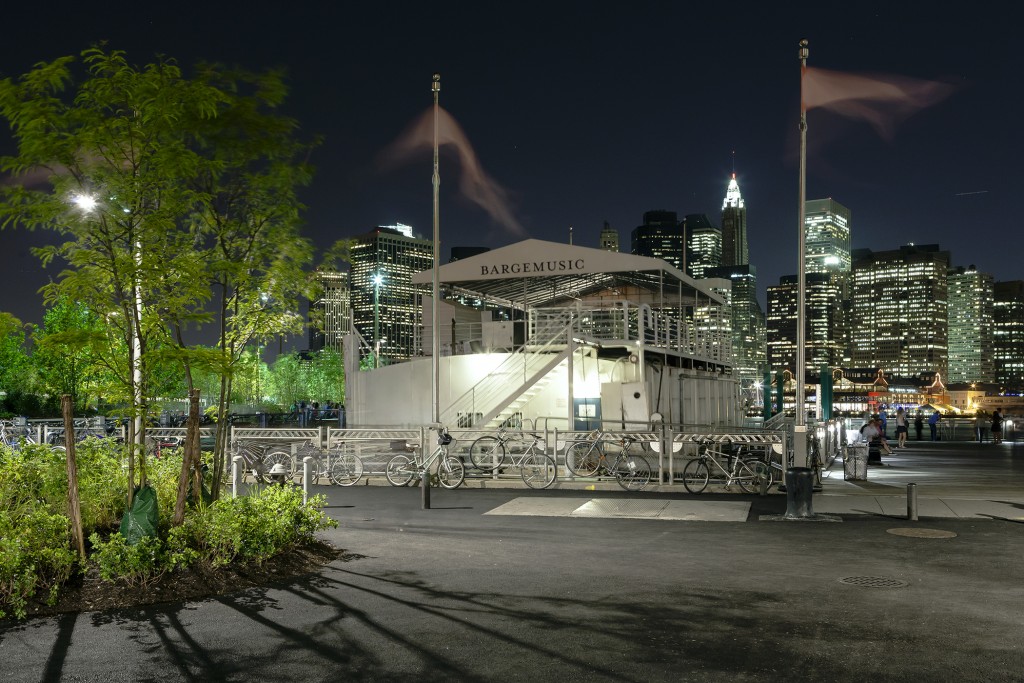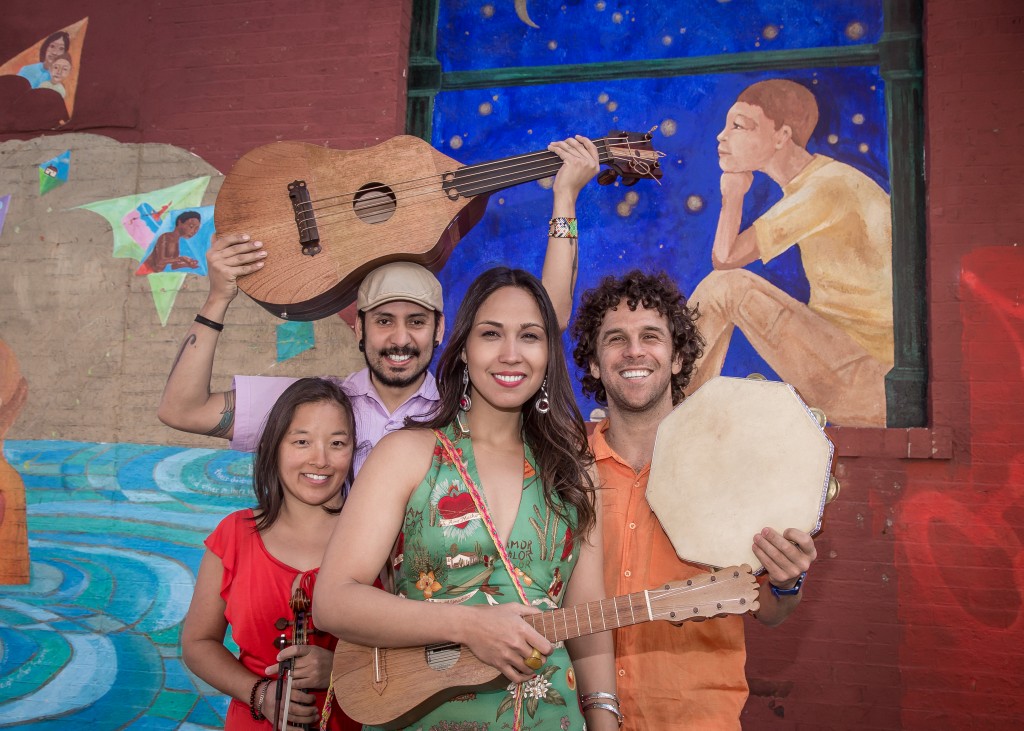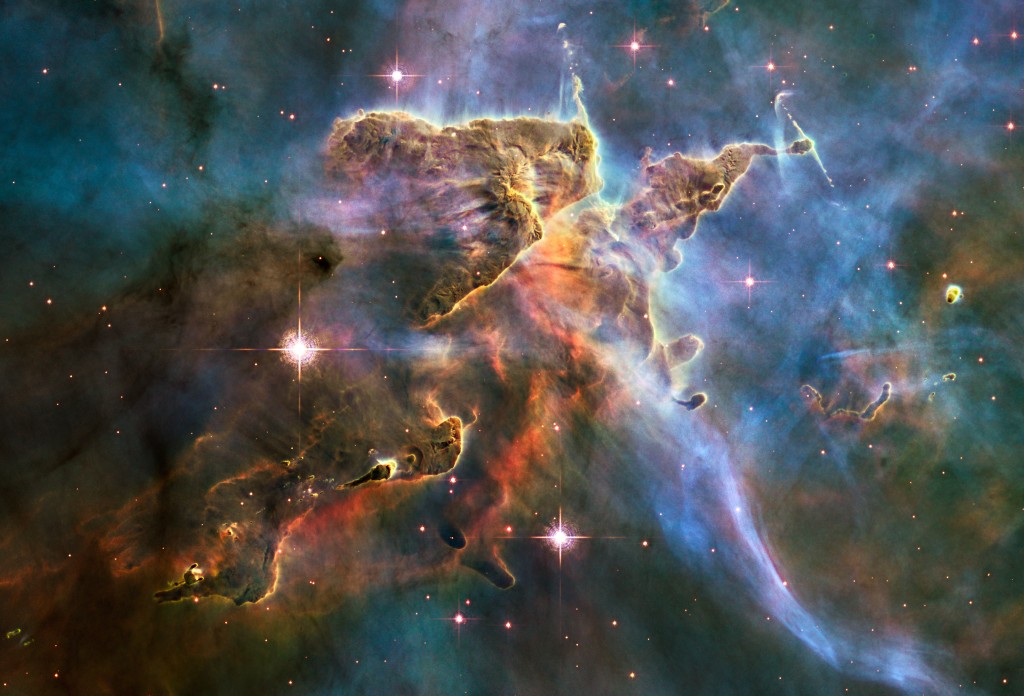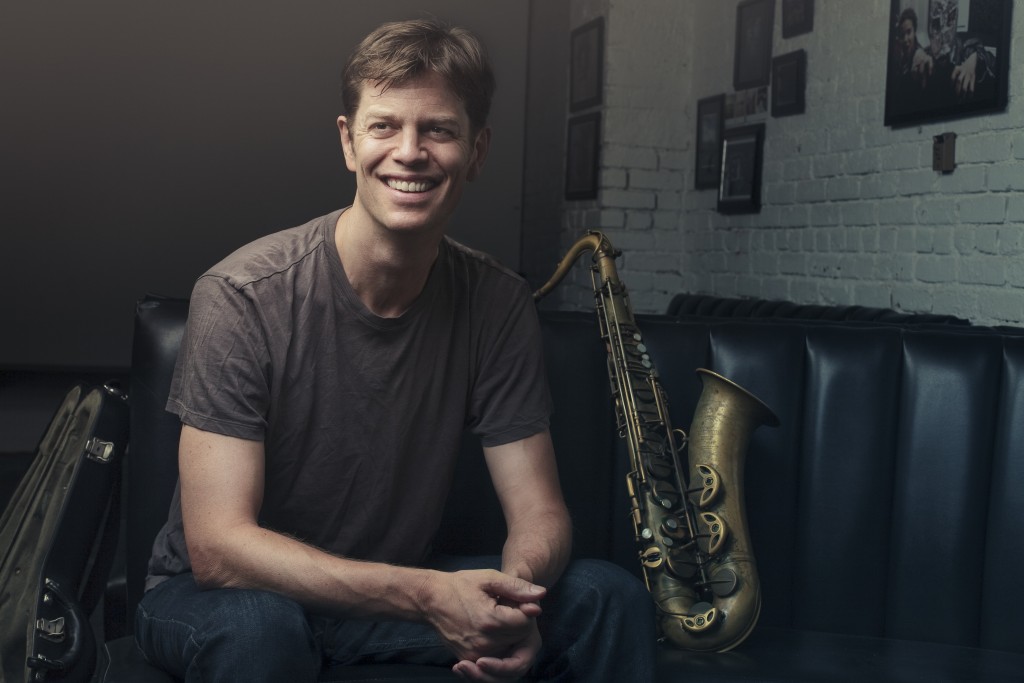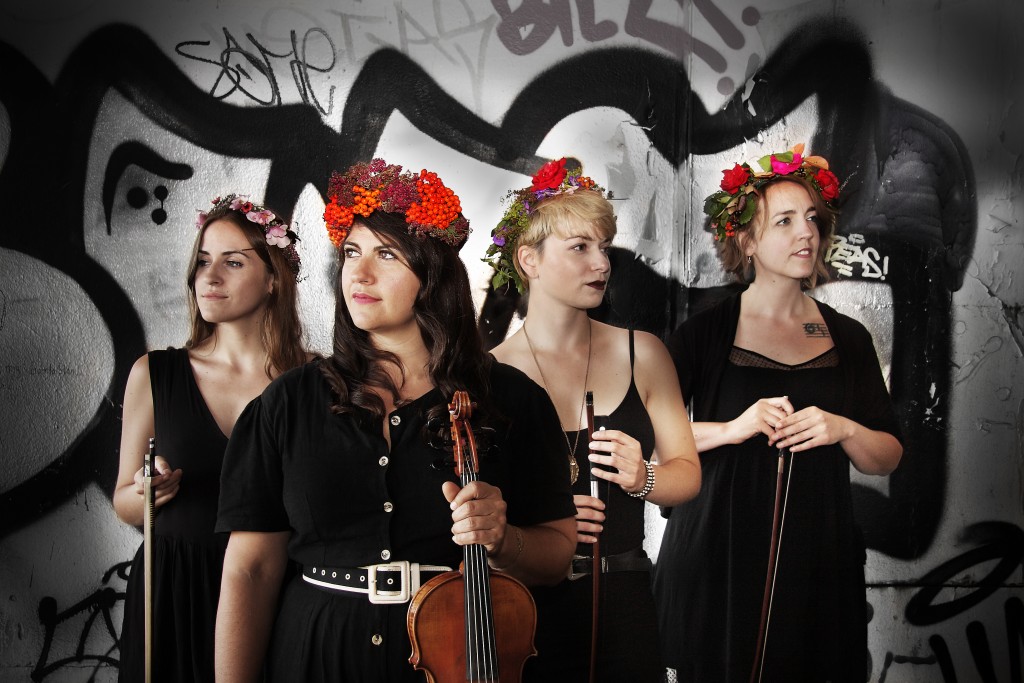I don’t need an “I heart NY” T-shirt to proclaim my love. The proof is in the being here. As a native, I didn’t have to come here from somewhere else, but I’ve stayed. I’ve chosen to make this city home to my three kids, aged 5, 10 and 13. So, clearly, I love New York.
But not always.
Any relationship takes work, and my long-term love affair with the city is no different. As places go, it’s not the easiest to keep loving. It’s high-maintenance, draining, often temperamental. It can be difficult, sometimes maddeningly so. I just finished helping my son apply to high school while also helping my daughter apply to middle school – and if that doesn’t explain why New York and I are on the outs, nothing will.
If I could find a T shirt to express my feelings about NY of late, it wouldn’t be “I heart NY.” It would be “I have-to-sometimes-wonder-what-the-hell-I’m-still-doing-in NYC.” Life would be easier, and cheaper, and warmer, in a lot of other places.
When this happens, when I’m fed up with re-routed trains, and exorbitantly-priced cups of coffee, when I’ve had enough of the (sometimes literal) rat race, and with the anxiety and stress that sometimes seems inescapable in the city that never sleeps — when this happens, I need to focus on the little things I love about my hometown.
I can remind myself of the big perks, the headliners – the diversity, the culture from museums to plays to music, the incredible schools I’m now intimately acquainted with – but those things, while convincing on a cerebral level, don’t make my heart melt. It’s like reading your husband’s resume – it reminds you he looks good on paper but, it doesn’t make you swoon. What makes you swoon are the small idiosyncrasies, his off-kilter sarcasm, the scratch of his unshaved face, the particular tilt of his head as he looks at you over the tops of his glasses.
What makes me swoon for this city are the same kind of small stuff, stuff that doesn’t mean anything but, at the same time, means everything. How do I love thee, NYC? Let me count the ways.
1) Secret subway art
Have you ever been on the D train, wearily staring out the filthy window, as the subway barrels out of DeKalb? And then, suddenly you think you’re seeing things because, somehow, impossibly, you seem to watching a movie on the subway wall? It’s not the mad musings of an addled brain, it’s Bill Brand’s Masstransiscope, a flipbook-style moving picture painted in the old Myrtle station. There’s so many little gems of subway art like this – the Beehive Lights at Broadway-Lafayette are another one of my favorites. That surprise, that unexpected delight, the beauty when you least expect it, that’s exactly what I love most about New York.
2) Bodega cats
Just bodegas, themselves, should be high on any list of things to love about NYC They’re the kind of things you don’t miss until they’re gone. Such was the case when I moved to LA and couldn’t figure out where to get an egg-and-cheese sandwich for under $3 in three minutes or less, while also buying Tylenol and laundry detergent. Bodegas are enough to love on their own. But the cats that live in bodegas, and create for my animal-loving (and animal-deprived) children an extensive network of surrogate pets – well, those turn the bodegas from great to beloved.
3) Walk-and-eat pizza
There is no pizza, anywhere, more portable than the New York slice. Okay, Rome maybe. But, even then, the square shape makes it less ideal for eating while walking. The New York slice pleases palates, wallets and tight schedules, all at the same time. Let us never take it for granted.
4) The New York minute
Sometimes, when I’m outside of New York, I can’t help but feel like I’ve taken some psychedelic drug that make time slow to a crawl, just meeeeeeeelt, like I’m in a Dali painting. Things that take 30 seconds in NYC, like tossing a pizza pie into a box, take five . . . full . . . minutes. Now, this item probably should go on the list of “Things About NYC that Ruin You for Other Places and Probably, Just Ruin You in General” but I’m choosing to put it here. A minute in New York counts for five in most other places. So, in a way, we’re living longer. If you don’t count the toll exacted by such stress.
5) People wearing incredible things
In all sense of the word incredible – the good, the bad, and the incomprehensible. Once I saw a bunch of youngish-sounding guys wearing paper bags on their heads. Not only do I enjoy how much more interesting this makes a commute, I also relish the freedom it affords me. Knowing that a paper bag is a feasible apparel option for me – well, that’s priceless.
6) Hearing more languages than you knew existed
On the bus and the train and the sidewalk, in pharmacies and coffee shops and laundromats and banks and bathrooms and elevators. Not only do I love hearing the sounds of words I don’t understand, I love hearing my kids hear those sounds. Because what those sounds unlock is the understanding that the world is big, so big, bigger than us, bigger than we can even imagine. And what a thing to know.
7) People making music everywhere
Nothing, and I do mean nothing, raises my spirits like the right busker singing the right song at the right time. Just this morning, a guy with a guitar and a killer voice singing “I’ll Fly Away” brought grace and gratitude to my morning commute.
There’s one such moment I always think of as a kind of quintessential New York moment, a magic moment that stands apart from the rest of memory in a little well-preserved bubble. It was about two years ago, a Sunday afternoon in May and my daughter, then 8, and I were on our way to Union Square, to see a guy about a hamster. It was her first-ever real pet, and she was brimming over with joyful anticipation. A trio of men walked into our car, singing “You Are the Sunshine of My Life,” and the way their voices worked together, you could tell they’d been working together for a while. It was a big,robust sound that filled the whole car, and made us look up and smile. The passengers enjoyed the song, so much so that the trio stuck around and as we pulled into the Prince Street started a new song. “Raspberry Beret.”
“It’s Prince!” my daughter exclaimed, “On Prince Street!”
It was, indeed. Prince had died only weeks before so our listening had an unusual reverence to it.
Maybe it was because my daughter was clapping with particular fervor, or maybe it was the dollar she dropped in the hat held out for donations, but when they were done with Prince, they started singing “My Girl.” To my girl. It was a sudden, sweet serenade and my daughter beamed every bit as bright as sunshine on a rainy day.
The voices of these three strangers twined together to express, perfectly, the full feeling in my heart just then. And for a moment, I think all of us on the train felt it – or, if not all then, many. The trio and I did, at least, and my girl did, too.
A moment later, we got off the train at Union Square. My daughter was smiling the kind of smile mothers live for.
“I think that was a good omen,” she said.
I smiled back. “Me, too.”
Nicole C. Kear is the author of The Fix-It Friends chapter book series for kids, including Eyes on the Prize, and Three’s A Crowd, released this January from Macmillan Kids. For more info, visit fixitfriendsbooks.com.
Art by Brenda Cibrian

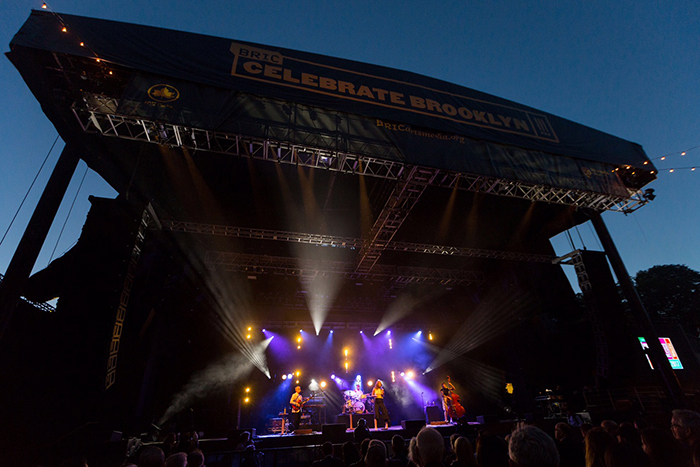
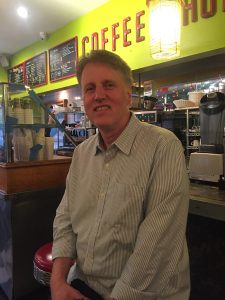 Can you walk us through the process of selecting the lineup for the summer? How is this summer different from other years?
Can you walk us through the process of selecting the lineup for the summer? How is this summer different from other years?